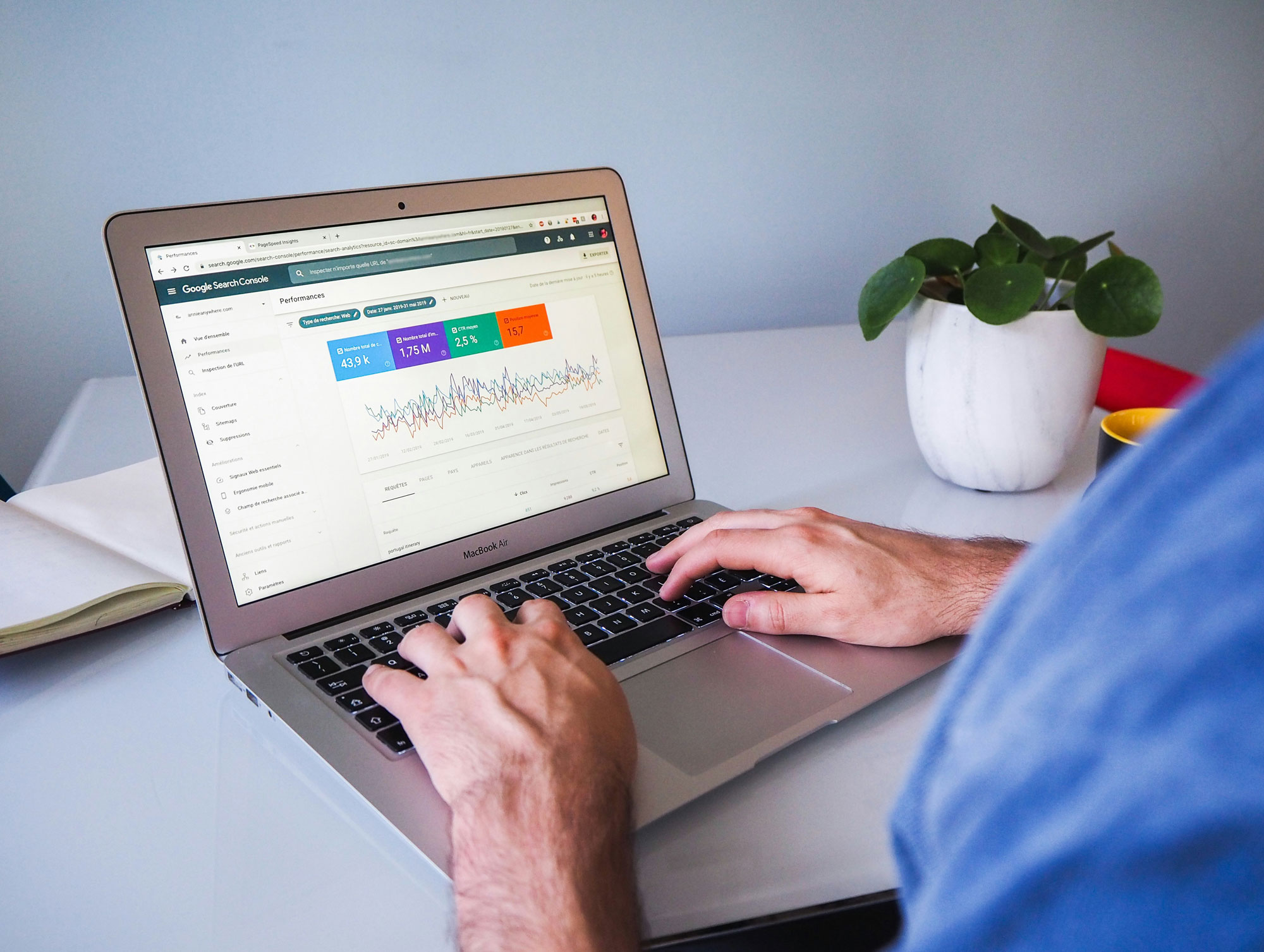How Often Should You Redesign or Update Your Website? (General Principles)
In the rapidly evolving digital landscape, the question of how often to redesign or update your website is crucial for any business, regardless of its specific location. It’s less about adhering to a rigid timeline and more about recognizing key indicators and maintaining a continuous improvement mindset.
There’s no universal “every X years” rule for website redesigns. While a full, comprehensive redesign might happen every 3-5 years, continuous updates and smaller refreshes should be happening much more frequently – ideally, on an ongoing basis. Think of your website not as a static brochure, but as a living, evolving digital asset that needs regular care to stay effective and competitive.
Here’s a deeper look at the recommended frequency and the critical triggers that indicate it’s time for a change:
1. The Full Website Redesign (Every 3-5 Years, or When Triggered by Specific Needs)
A full redesign involves a significant overhaul of your website’s look, feel, structure, and underlying technology. This is a larger investment and typically happens less frequently.
When to consider a full redesign:
- Outdated Design & User Experience (UX): If your website looks visually archaic, with cluttered layouts, tiny fonts, or navigation that’s difficult to use, it’s time for a refresh. Modern web design trends emphasize clean aesthetics, intuitive navigation, and seamless user experiences. An outdated look immediately erodes trust and professionalism, suggesting your business might not be current in other areas either.
- Poor Mobile Responsiveness: The vast majority of online activity now occurs on mobile devices. If your website doesn’t display perfectly and function smoothly on all screen sizes (smartphones, tablets, desktops), it’s a critical flaw. A non-mobile-friendly site leads to high bounce rates and poor user experience, and search engines like Google also penalize such sites in their rankings.
- Slow Performance & Technical Debt: If your site loads slowly (even a few seconds can lose a visitor), has broken links, or relies on outdated or inefficient code, it’s a major deterrent for both users and search engines. A redesign allows you to rebuild on a cleaner, faster, and more secure technical foundation.
- Rebranding or Major Business Model Shift: If your company undergoes a complete rebrand (new logo, color palette, messaging), or if your business model fundamentally changes (e.g., shifting from service-based to product-based, or introducing a major new offering), your website must reflect these changes instantly to maintain brand consistency and avoid confusing your audience.
- Lack of Functionality/Scalability: Your current website might be unable to support new features you need to grow (e.g., advanced e-commerce capabilities, a robust booking system, customer login areas, new integrations with essential business tools). A redesign can build in the necessary infrastructure for current and future functionalities, ensuring your website can scale with your business.
- Consistently Low Conversion Rates: If your website is attracting visitors but they are not taking the desired actions (making purchases, filling out forms, booking appointments, subscribing), the design, content, or user flow might be hindering conversions. A redesign can be explicitly focused on Conversion Rate Optimization (CRO), analyzing user behavior to create a more effective path to conversion.
- Significant Competitive Disadvantage: If your direct competitors’ websites are notably more modern, user-friendly, feature-rich, or perform better than yours, you’re at a significant disadvantage. A redesign can help you not just catch up, but potentially surpass the competition.
- Security Vulnerabilities: If your current website platform is outdated and susceptible to security breaches, a redesign often presents the opportunity to migrate to a more secure, modern, and regularly updated system, protecting your data and your users’ information.
2. Ongoing Updates & Smaller Refreshes (Continuously / Quarterly / Bi-Annually)
While a full redesign is a major project, your website should never truly be considered “finished.” Continuous, smaller updates are crucial for maintaining relevance, improving performance, and staying competitive. These routine updates are about refinement and evolution rather than revolution.
What these ongoing updates should include:
- Content Updates:
- Product/Service Listings: Regularly update information about your offerings, including new products, services, pricing changes, or seasonal promotions.
- Blog Posts & News: Consistently publish fresh, relevant, and valuable content (e.g., articles, industry insights, company news, customer stories). This keeps your site dynamic, provides value to your audience, and is excellent for SEO.
- FAQs & Support Documentation: Add new common questions and update answers based on customer inquiries and evolving policies.
- Team & About Us: Keep staff profiles and company history sections current.
- Image & Video Refresh:
- High-Quality Visuals: Regularly replace old, dated, or low-resolution photos and videos with fresh, professional, and engaging visuals that accurately represent your current offerings and brand aesthetic.
- Seasonal/Promotional Graphics: Update hero images, banners, and call-to-action graphics to align with current campaigns, holidays, or seasonal offerings.
- SEO Maintenance:
- Keyword Research: Continuously research new relevant keywords and optimize existing and new content for them.
- Technical SEO Audit: Regularly check for and fix broken links, crawl errors, sitemap issues, and monitor site speed.
- Schema Markup Updates: Ensure your structured data (e.g., for products, services, reviews, organization info) is accurate and correctly implemented to help search engines understand your content better and display rich snippets.
- Functionality & User Experience (UX/UI) Tweaks:
- Minor Adjustments: Based on analytics and user feedback (e.g., heatmaps, session recordings), make small but impactful adjustments to navigation paths, button placements, form layouts, or content presentation to improve usability and conversions.
- Software/Plugin Updates: Keep your Content Management System (CMS), themes, and all plugins updated to ensure security, compatibility, and access to new features. This is critical for performance and preventing vulnerabilities.
- Integrations: Integrate with new third-party tools as needed (e.g., new CRM, marketing automation platform, customer support chat).
- Security Checks: Regularly monitor your site for potential vulnerabilities, malware, and perform necessary security updates and backups.
- Performance Monitoring: Continuously track key website metrics like page load speed, bounce rate, time on page, and conversion rates using tools like Google Analytics and Google Search Console. Use these insights to identify areas for ongoing optimization.
Key Factors Influencing Your Update Schedule:
- Industry Dynamics: Fast-paced industries (e.g., tech, e-commerce, media) often require more frequent updates to stay relevant compared to more stable sectors (e.g., certain manufacturing, traditional services).
- Competitive Environment: If your competitors are consistently launching new features, refreshing their designs, and publishing fresh content, you will need to match or exceed their efforts to maintain your market position.
- Budget & Resources: A full redesign is a significant investment of time and money. Ongoing updates are generally more manageable and can often be incorporated into routine operational budgets.
- Business Growth & Changes: Periods of rapid business growth, the introduction of major new product lines or services, market expansion, or shifts in target audience all necessitate more frequent and significant website adjustments to reflect your current reality.
- Analytics & User Feedback: Data from your website analytics tools, direct customer feedback, and user testing should be your primary guide. If you observe declining engagement, high bounce rates, or receive complaints about website usability, these are strong indicators for change.
- Technological Advancements & SEO Algorithm Changes: The web platform itself evolves constantly, with new technologies, security protocols, and user interface paradigms emerging. Search engine algorithms also update frequently, rewarding modern, fast, secure, and user-friendly sites. Your website needs to evolve to keep pace.
The “Continuous Improvement” Mindset
Instead of waiting for your website to feel completely obsolete and then embarking on a stressful, expensive, all-at-once redesign, adopt a “continuous improvement” mindset. This means:
- Regular Audits: Schedule quarterly or bi-annual formal reviews of your website’s performance, design, content, and technical health.
- A/B Testing: Regularly experiment with different elements on your site (e.g., headlines, call-to-action button colors, image placements) to statistically determine what resonates best with your audience.
- Staying Informed: Keep up with the latest web design trends, SEO best practices, digital marketing strategies, and technological advancements to ensure your site remains cutting-edge.





